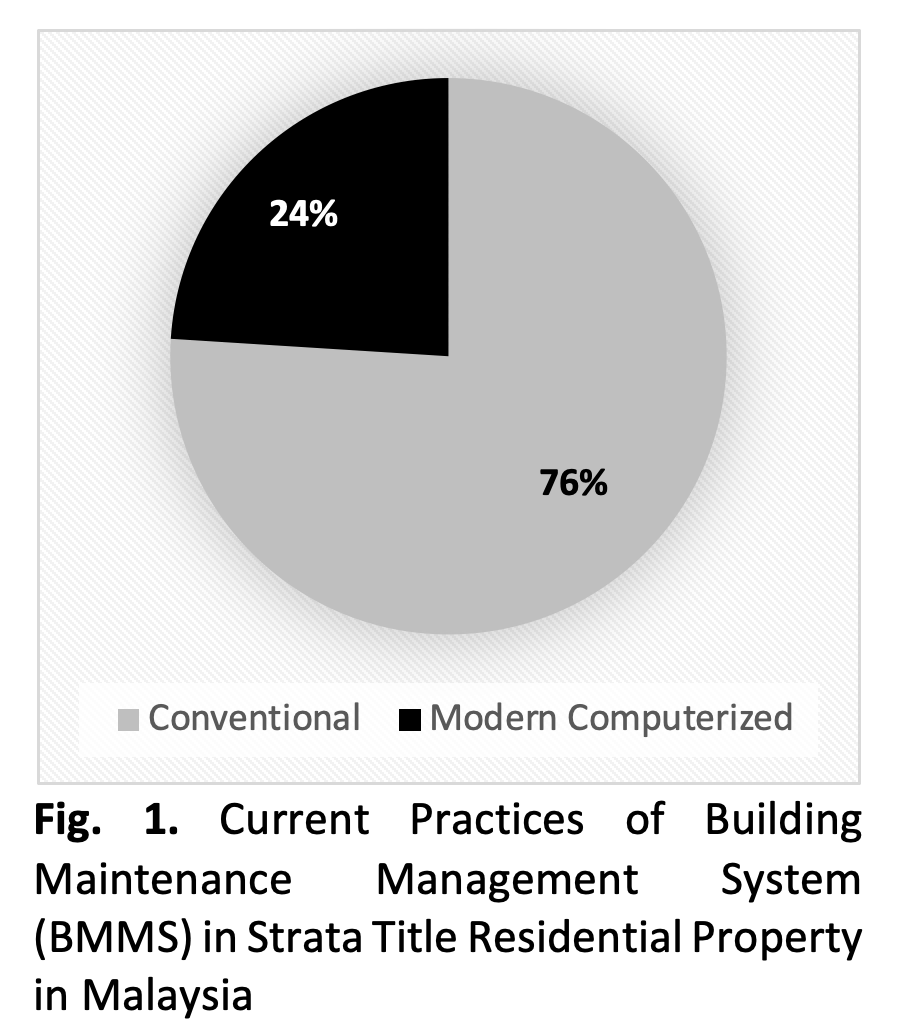Optimizing the Best Practice of Building Maintenance Management System (BMMS): Modern Computerized System at Strata Title Residential Property in Malaysia
DOI:
https://doi.org/10.37934/araset.33.1.449470Keywords:
Best Practices, Computerized System, Maintenance, Management, Strata TitleAbstract
Investment in building maintenance management is an effective strategy to control the quality of building performance and its condition. In most countries, maintenance activities are based on the basic management concept, which includes planning, monitoring, and controlling. Thus, building maintenance management system (BMMS) should be applied to various types of properties to allocate the relevant maintenance procedures to the specific building that requires the implementation of maintenance activities. Ordinarily, residential property is more concerned with the building maintenance management system (BMMS) due to the well-maintained assets and facilities, while also retaining the building aesthetically to provide an opportunity for future property investment. The value of buildings really depends on their quality and current condition, and this also points out that accurate maintenance activities for residential property in Malaysia provide maximum benefit to the building's performance. However, building maintenance management in Malaysia is mostly based on the conventional system (also known as a paper-based report) rather than the modern computerized system, which makes it ideally difficult to determine the root causes. This commonly proposes inaccurate maintenance activities for strata-title residential buildings. The weaknesses of the current procedure may affect the overall building performance, besides, building defects can also become more critical without any remedial actions from the building owners. Thus, this research will aid in identifying the fundamental shortcomings of paper-based conventional systems and investigating how a modern computerized BMMS might cope with these challenges. However, this study will focus on strata title properties in Peninsular Malaysia. The variables were measured and assessed using a mixed-methods approach that included both qualitative and quantitative components. Twelve (12) building experts from public and private entities, including the public works department (PWD), local authority (LA), and Construction Industry Development Board (CIDB), were interviewed using a qualitative technique. The results from semi-structured interviews were analyzed using descriptive and thematic analyses. Then, 125 respondents were given a questionnaire as part of a quantitative approach, and SPSS version 28 was used to examine the results. The findings are expected to highlight the
Downloads





























